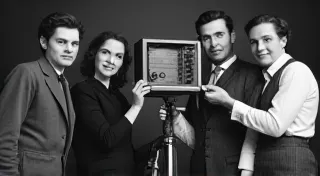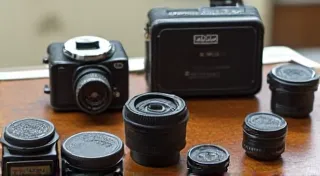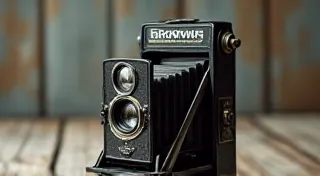The History of the Kodak Brownie: A Photographic Revolution
The Kodak Brownie. The name alone evokes a sense of nostalgia and whispers of a bygone era of photography. More than just a camera, the Brownie was a phenomenon—a catalyst that democratized photography and fundamentally changed how people captured memories. This article explores the remarkable history of the Brownie, its impact on popular photography, and its lasting legacy in the world of camera collecting.
The Need for Accessible Photography
At the turn of the 20th century, photography was largely the domain of professionals and serious amateurs. Cameras were complex, demanding significant skill and darkroom expertise. George Eastman, the founder of Kodak, recognized a massive untapped market: the average person who simply wanted to take snapshots of their families and experiences. Eastman envisioned a camera that was simple to use, affordable, and accessible to everyone – and the Brownie was his solution.
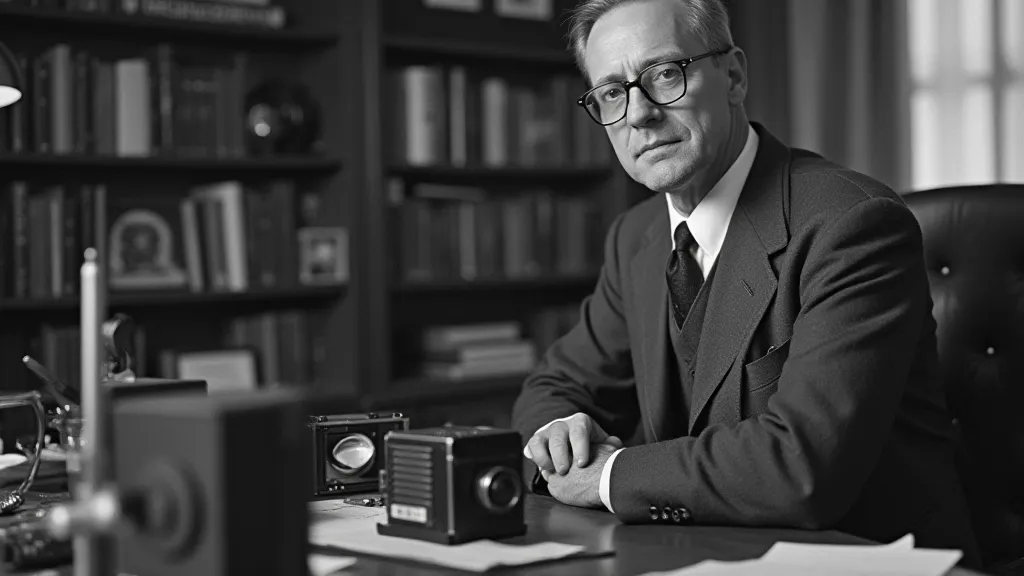
The Birth of the Brownie (1900)
Introduced in 1900, the original Brownie was a marvel of engineering and marketing. Retailing for a mere $1 (equivalent to roughly $35 today), it was astonishingly inexpensive. Its simplicity was its key feature. Users simply pointed and shot, relying on a pre-set exposure. The entire camera, film and developing were returned to Kodak, who processed the film and sent back a package of prints and a reloaded camera. This system, known as the "You Press the Button, We Do the Rest" approach, eliminated the need for any photographic knowledge on the part of the user.
The name "Brownie" was chosen based on suggestions from Eastman Kodak employees, drawing on the popular Brownie craze - a fad of collectible figurines and stories centered around mischievous sprites. The advertising campaign cleverly positioned the Brownie as a camera for everyone, even children. The initial Brownie used 127 film and offered a fixed focus lens. The initial reaction was incredibly positive, but the Brownie quickly became more than just a photographic device; it became a cultural icon, appearing in countless family albums and shaping the way people documented their lives.
Evolution and Variations
The success of the original Brownie spurred a constant stream of variations throughout the 20th century. Different models were introduced with improved features, different materials, and a broader range of styles. Some of these changes were purely cosmetic, catering to changing tastes, while others represented significant advancements in camera technology. Understanding these differences is key to appreciating the full scope of the Brownie's history, and something enthusiasts explore in depth. For those interested in the later models and their technical specifications, resources exploring Brownie Star offer a fascinating look at Kodak's post-war offerings. The evolution of these cameras also sparked an interest in the idea of imperfection and loss – a fascinating exploration that many find compelling when considering these classic models.
- Brownie II (1901): A refined version of the original with a simpler operation.
- Brownie III (1903): Featuring an improved shutter.
- Brownie IV (1904): Introduction of different color options.
- Brownie V (1905): The first Brownie with a folding design.
- Brownie Six (1904): A larger-format Brownie using 620 film, producing larger negatives.
- Brownie Reflex (1907): The first Brownie with a reflex viewing system.
- Brownie Star (1928): A more stylish and sophisticated Brownie.
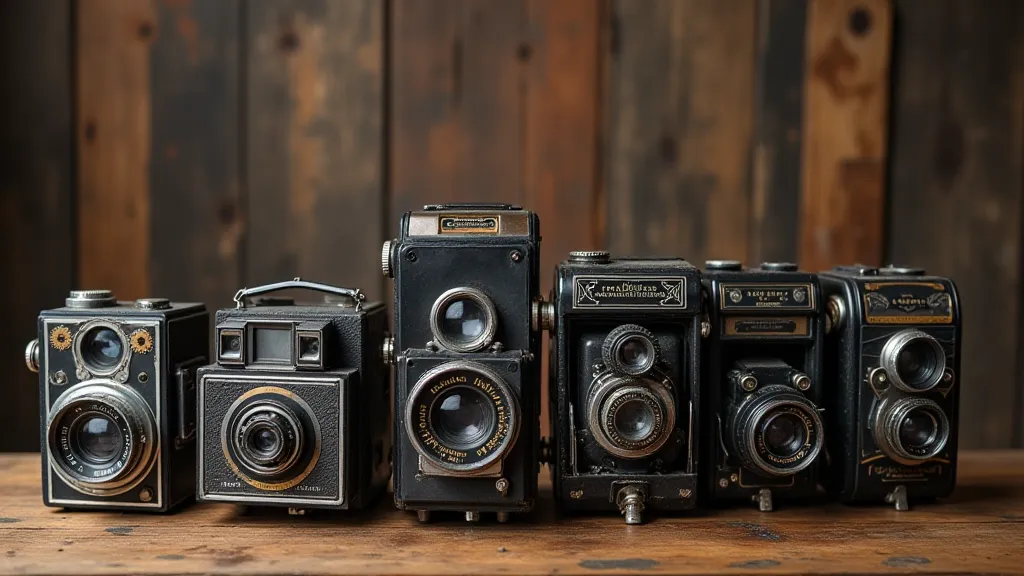
Impact and Legacy
The Kodak Brownie had a profound impact on the world. It made photography accessible to the masses, fostering a culture of snapshot taking and documentation of everyday life. It allowed ordinary people to participate in preserving their memories, creating a visual record of families, travels, and events that would have otherwise been lost. The Brownie wasn't just about taking pictures; it was about sharing those images, fostering connection, and creating a collective memory that transcended generations. This shift in photographic practice even found its way into literature and film, where Brownies frequently appeared, subtly or overtly influencing narratives and contributing to their atmosphere.
The camera's affordability fostered a burgeoning market for amateur photography, fueling the growth of the photographic industry and laying the groundwork for future advancements. The simplicity of use democratized the art of image-making, allowing anyone to create and share their perspectives. This ease of use, ironically, also contributed to a certain 'imperfection' in the images produced, a characteristic often romanticized today, a testament to the charm of candid, unpolished moments captured in time. The narrative surrounding these imperfections – the bittersweet feeling of lost moments and the beauty of transience – is a compelling subject, and for those deeply interested, further examination can be found in discussions about Brownie cameras and the narrative of loss. The beauty of these imperfections underscores the unique charm of these cameras.
Advanced Techniques and Creative Possibilities
While the original Brownie was designed for ease of use, its simplicity also presented unique challenges and opportunities for creative exploration. Contemporary photographers often seek to emulate the look and feel of vintage Brownie images, utilizing techniques to replicate the soft focus, limited dynamic range, and characteristic vignetting. These aren't just about replicating the past; they're about understanding the constraints and embracing them to achieve a specific aesthetic.
Understanding the limitations of the Brownie – the fixed focus, the single shutter speed – allows for a deeper appreciation of its strengths. It forces a photographer to be deliberate in their composition, to focus on the moment, and to embrace the unexpected. The resulting images, even when technically imperfect, can be profoundly evocative, capturing a sense of nostalgia and authenticity that is difficult to achieve with modern digital cameras.
The Brownie in Popular Culture
The Kodak Brownie’s presence extended far beyond the family album, permeating popular culture and appearing in countless films, novels, and advertisements. It became a symbol of Americana, representing a simpler time, a connection to nature, and the joy of shared experiences. Its recognizable form and distinctive sound became instantly recognizable, evoking a sense of warmth and familiarity. The camera’s role in shaping visual storytelling is often overlooked, but its influence is undeniable. Its depictions in various media reveal a deeper understanding of its cultural significance, and a look at Brownie cameras in pop culture offers a rich exploration of this phenomenon. From iconic films to classic literature, the Brownie camera has consistently served as a silent observer, adding texture and authenticity to countless narratives.
Collecting Brownie Cameras Today
Today, vintage Brownie cameras are prized by collectors for their historical significance, charming aesthetics, and affordability. While some rare and unique models can command high prices, most Brownies are readily available and relatively inexpensive, making them an excellent starting point for aspiring camera collectors. The appeal extends beyond mere acquisition; it’s about connecting with a tangible piece of history, holding in your hands a device that helped shape the way we see the world. Many collectors focus on specific models or variations, tracing the evolution of the Brownie's design and technology over the decades. The allure of collecting extends beyond simple aesthetics; it's a journey into the history of innovation and the evolution of popular culture.
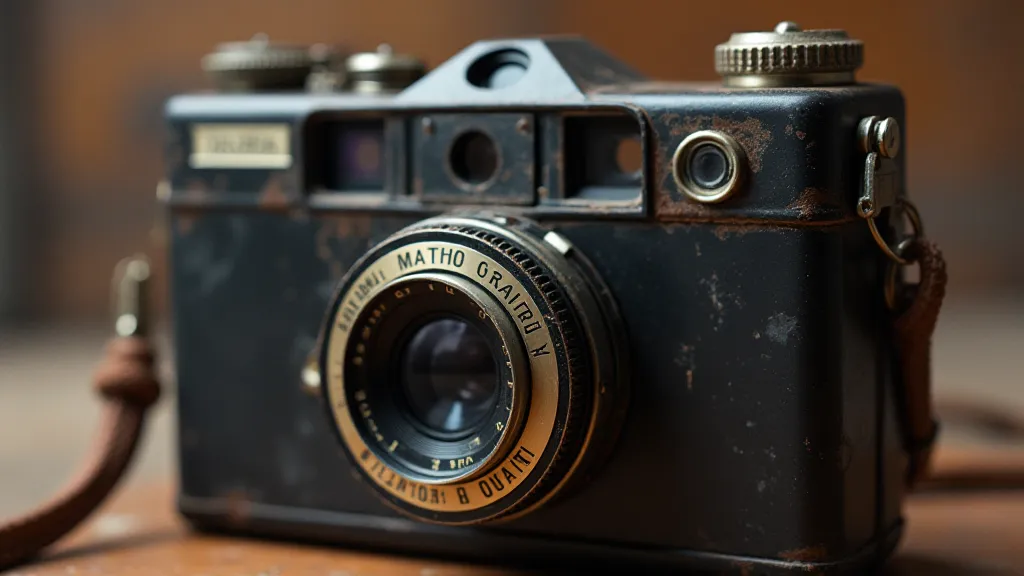
The value isn't just monetary; it’s about the stories the cameras hold, the memories they represent, and the connection they provide to a bygone era. Even a seemingly ordinary Brownie can be a window into the past, revealing glimpses of lives lived, events witnessed, and moments cherished. Understanding the nuances of these models, their individual histories, and their relative rarity is a rewarding pursuit for any aspiring collector. The exploration of these nuances isn’t just about identifying models; it’s about uncovering the stories that shaped them and the communities that cherished them.
The Kodak Brownie remains a timeless symbol of a photographic revolution – a testament to the power of innovation and the enduring human desire to capture and share our experiences. Its legacy continues to inspire photographers and collectors alike, ensuring that this iconic camera remains a cherished piece of our cultural heritage.

